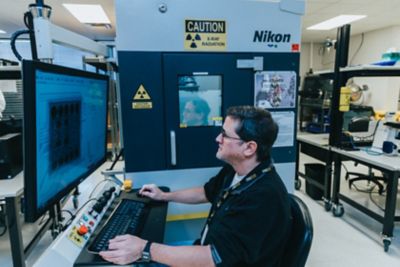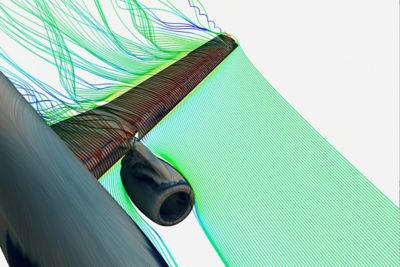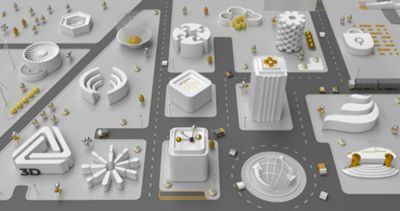Case Study
-
United States -
United Kingdom -
India -
France -
Deutschland -
Italia -
日本 -
대한민국 -
中国 -
台灣
-
-
产品组合
查看所有产品Ansys致力于通过向学生提供免费的仿真工程软件来助力他们获得成功。
-
“Ansys Zemax OpticStudio software turned a complex redesign into a precise and efficient process, ensuring accuracy without unnecessary overhauls.”
- Niké Ackerman, Design Engineer, NewSpace Systems
The Aquila D01 sun sensor from NewSpace Systems (NSS) is a proven and reliable system with extensive in-orbit heritage. It features a detector housed beneath a metal mask with precision-cut slits. As sunlight passes through these slits, it creates a unique one-dimensional brightness profile on the detector. This pattern is then analyzed to determine the sun's position. In 2022, the linear array used in the Aquila D01 was discontinued, prompting an effort to redesign the sun sensor to meet updated component availability.
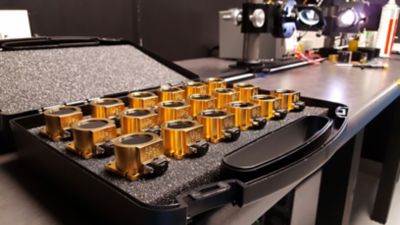
Figure 1. NSS Aquila Sun Sensor at the calibration test setup
Challenges
The redesign led to the development of the Gen 1.5 Aquila sun sensor. NSS needed to integrate a new detector that would maintain the form fit and function of the original design, improve manufacturability, and avoid disruptions to existing embedded processing and calibration algorithms. A replacement detector was identified. However, due to differences in the photosensitive area of the detectors, the embedded algorithm and calibration were compromised, leading to reduced accuracy.
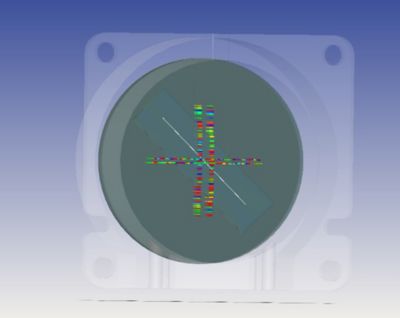
Figure 2. Simulation results showing the projected image pattern onto the detector
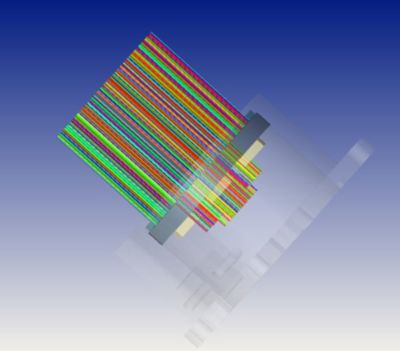
Figure 3. Simulation results from the ray tracing performed with Ansys Zemax OpticStudio software
Engineering Solutions
To minimize mechanical changes, NSS used Ansys Zemax OpticStudio optical system design and analysis software to simulate potential design modifications, identifying the simplest adjustments needed to achieve desired accuracy. Through this approach, they tested various iterations, including adjustments to the optical filter material, minor modifications in the detector's placement, and optimized component alignment. This simulation-based approach enabled NSS to quickly evaluate multiple configurations, ensuring the new sensor could meet precision requirements while enhancing manufacturability.
Benefits
By conducting these simulations early in the redesign, NSS streamlined the development process and mitigated costly adjustments down the line. Previously, only 13% of Gen 1 Aquila sensors achieved the desired accuracy of below 0.1°. With the Gen 1.5 redesign, all sensors now meet this stringent accuracy threshold, underscoring the value of early-stage simulation.
现在就开始行动吧!
如果您面临工程方面的挑战,我们的团队将随时为您提供帮助。我们拥有丰富的经验并秉持创新承诺,期待与您联系。让我们携手合作,将您的工程挑战转化为价值增长和成功的机遇。欢迎立即联系我们进行交流。






